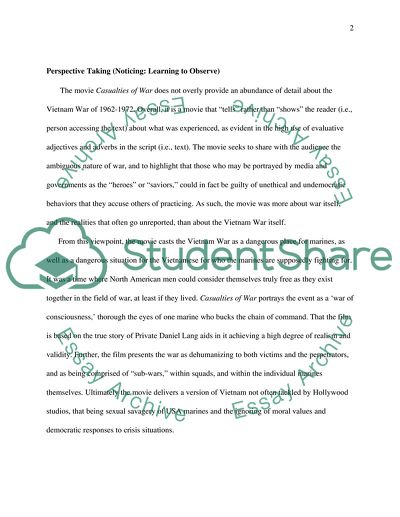Cite this document
(“Analyzing Rhetoric of the movie Casualties of War Essay”, n.d.)
Retrieved from https://studentshare.org/visual-arts-film-studies/1537760-analyzing-rhetoric-of-the-movie-casualties-of-war
Retrieved from https://studentshare.org/visual-arts-film-studies/1537760-analyzing-rhetoric-of-the-movie-casualties-of-war
(Analyzing Rhetoric of the Movie Casualties of War Essay)
https://studentshare.org/visual-arts-film-studies/1537760-analyzing-rhetoric-of-the-movie-casualties-of-war.
https://studentshare.org/visual-arts-film-studies/1537760-analyzing-rhetoric-of-the-movie-casualties-of-war.
“Analyzing Rhetoric of the Movie Casualties of War Essay”, n.d. https://studentshare.org/visual-arts-film-studies/1537760-analyzing-rhetoric-of-the-movie-casualties-of-war.


